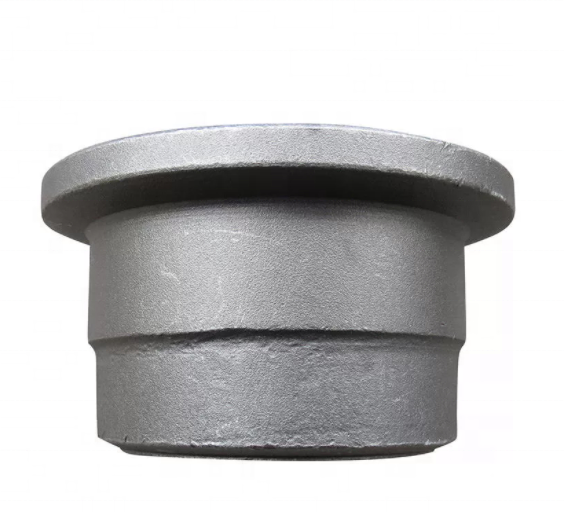Construction Scaffolding Parts
construction scaffolding parts,steel scaffolding parts,scaffolding spare parts,aluminium scaffolding system parts,scaffolding parts for sale,parts for scaffolding
Base jacks are usually made out of steel and are adjustable to various lengths. The adjustments are made based on the amount of weight it needs to bear. They can also be made in a variety of configurations, such as swivels that adjust to sloped ground.
For scaffolds that are built off other structures like steel beams, base plates can be replaced with shoring heads (U-heads, for example).
Construction Scaffolding Parts,Scaffolding Components,Basic Components Used in Scaffolding,Fundamental Parts of a Scaffold NINGBO CITY YINZHOU RUICAN MACHINERY CO.,LTD , https://www.ruican-casting.com
When the soil temperature measured by the soil temperature and humidity recorder was lower or higher at 10°C or 25°C, the transpiration rate of the leaf increased gradually with increasing temperature, and the leaf transpiration rate was positively correlated with the temperature, and the correlation coefficients were 0.868 (P). <0.05), 0.881 (P<0.01). In the temperature range of 10°C to 35°C, the response of leaf transpiration rate to air temperature varies greatly due to different soil temperatures. When the soil temperature is 15°C or 20°C, the leaf transpiration rate will rise after the temperature rises to 20°C or 25°C. If the temperature continues to increase, the transpiration rate will decrease. When the temperature is 10°C~30°C, the soil temperature will rise from 10°C. The transpiration rate of leaves increased to 25°C with a "unimodal" change, and high or low soil temperature inhibited the transpiration of the leaves. For different temperatures, the height of the “peak†of the transpiration rate of the leaves is different from the soil temperature at which “peaks†appear. The soil temperature has a significant effect on the transpiration rate of the leaf. The increase of soil temperature causes the transpiration rate of the leaf to increase or decrease.
When the leaves are in lower or higher soil conditions, the change of stomatal conductance is small when the temperature changes, and the stomata open slowly with increasing temperature. At the suitable soil temperature for photosynthesis, stomata first open rapidly when the temperature rises, and quickly closes after exceeding a certain temperature point. When the ambient temperature of the leaves reached 35°C, the transpiration rate varied sharply with the soil temperature. When the soil temperature and humidity recorder was measuring the soil temperature at 15°C, the transpiration rate appeared low; at the soil temperature of 20°C, the transpiration rate peaked.
Soil temperature and humidity recorder measurement and photosynthesis efficiency
Soil temperature and temperature have an effect on the stomatal conductance of leaves, but stomatal conductance has different responses to changes in soil temperature and temperature. The stomatal conductance at different temperatures responds differently to soil temperature. Under the condition of lower or higher air temperature, the change of stomatal conductance is smaller when the soil temperature changes. j In the research experiment, the combined use of soil temperature and humidity recorders was used to determine and analyze: When the temperature was at the appropriate temperature for photosynthesis, the soil temperature was changed from the low-increased leaf stomata to the open and then closed. The response of stomatal conductance to temperature at different soil temperatures is also different.